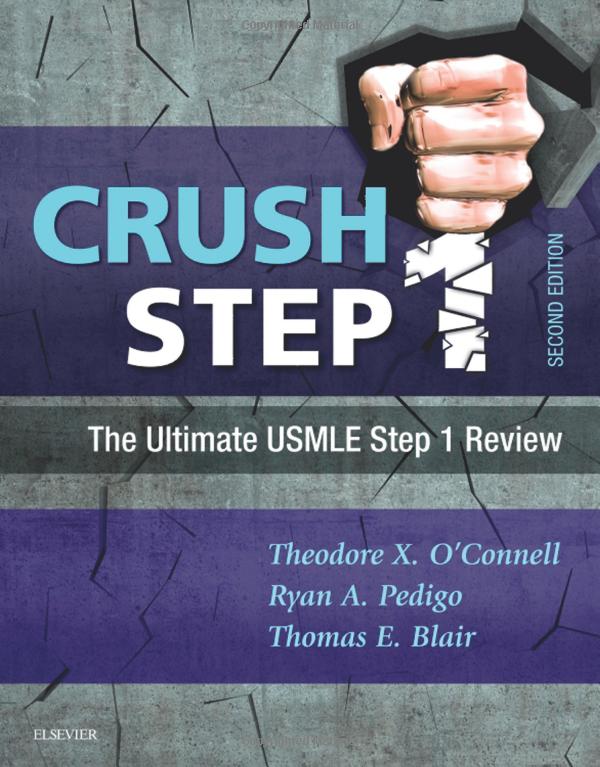A 55-year-old man presents to the emergency department with worsening left ear pain for the past week. The ear pain originally began two weeks ago with redness and pain, and he developed discharge from the ear two days ago. He has been using over-the-counter eardrops intermittently with minimal relief. He has a history of type 2 diabetes mellitus, and his last hemoglobin A1C one month ago was 11%. Vital signs are temperature is 39°C (102.2°F), pulse 110 beats/min, and blood pressure is 140/95 mm Hg. On physical examination, his left ear shows an erythematous, swollen pinna that is tender to touch with purulent discharge noted. Posterior auricular lymphadenopathy is also present. CT scan of the head confirms the diagnosis.
Which of the following is the most likely cause of the patient's symptoms?
- A) Acute suppurative otitis media
- B) Brain abscess
- C) Brain tumor
- D) Malignant otitis externa
- E) Meningitis
D) Malignant otitis externa
Malignant otitis externa (also called necrotizing external otitis) is a severe complication of otitis externa most often seen in older patients with uncontrolled diabetes mellitus. It is also seen in patients infected with human immunodeficiency virus (HIV). Patients present with severe pain (usually more severe than that found in simple otitis externa), swelling, and granulation tissue seen on otoscopy. It is an invasive infection of the external auditory canal and skull base, so progression of the osteomyelitis can be associated with cranial nerve palsies. Other complications osteomyelitis of nearby bones and abscess formation. CT findings include thickening and enhancing of the soft tissue of the external auditory canal with patchy destruction of the mastoid process. Malignant otitis externa is almost always caused by Pseudomonas aeruginosa. Given the potential mortality involved with malignant otitis externa, prompt referral to otolaryngology and infectious disease is indicated. Intravenous ciprofloxacin is the usual first-line treatment, though patients with advanced disease or immunocompromising conditions may require an anti-pseudomonal beta-lactam (e.g., piperacillin-tazobactam, ceftazidime, cefepime, or meropenem) in addition to ciprofloxacin.
Key Learning Point
Malignant otitis externa (also called necrotizing external otitis) is a severe complication of otitis externa most often seen in older patients with uncontrolled diabetes mellitus and presents with exquisite ear pain and otorrhea which do not respond to typical topical treatments used for simple otitis externa.


